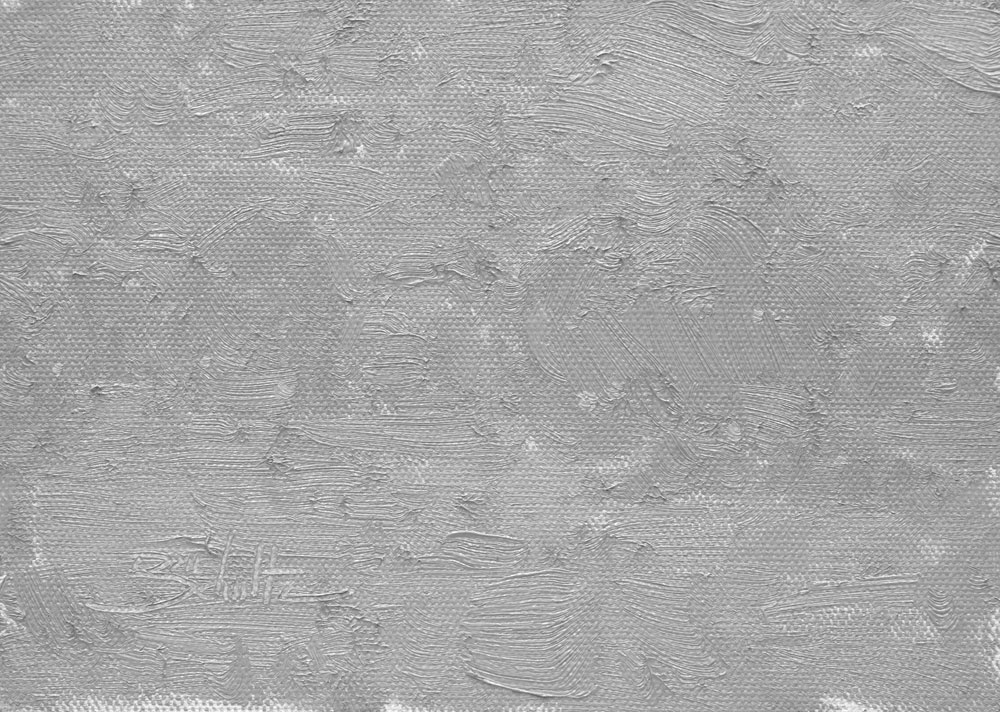
VALUE: Value is one element we often rely on to create the illusions of form and depth in painting. Areas in a scene which are in direct light are usually lighter in value than areas in shadow. This helps us create form. Dark values are usually in the foreground and tend to get lighter as they recede into the distance. This helps us create depth.
COLOR TEMPERATURE: Color temperature works hand-in-hand with value. As we study color temperature we find that light areas are usually of the opposite color temperature than shadow areas. This helps us create form. Colors in the distance tend to be cooler in temperature than colors in the foreground. This helps us create depth.
So, for this mono-value experiment, if we take away value changes, we must then rely only on color temperature to create form and depth. As you can see in the grayscale image of my painting, I came pretty close to achieving a single value. Obviously, without value changes the painting doesn’t have any contrast, which results in little visual impact. But a sense of form and depth is still present due to the color temperature shifts.
A great exercise for exploring color temperature. Try it sometime!
